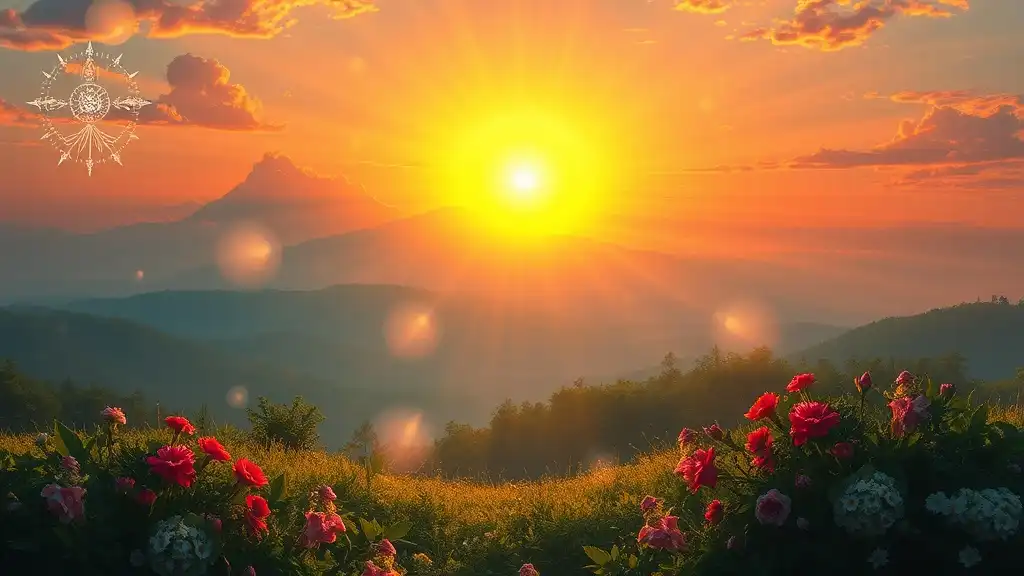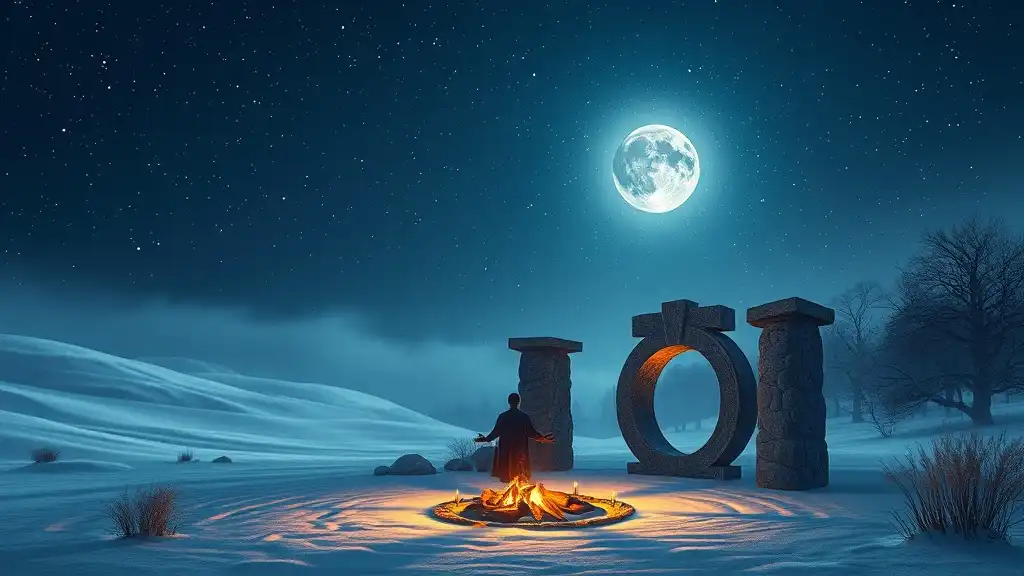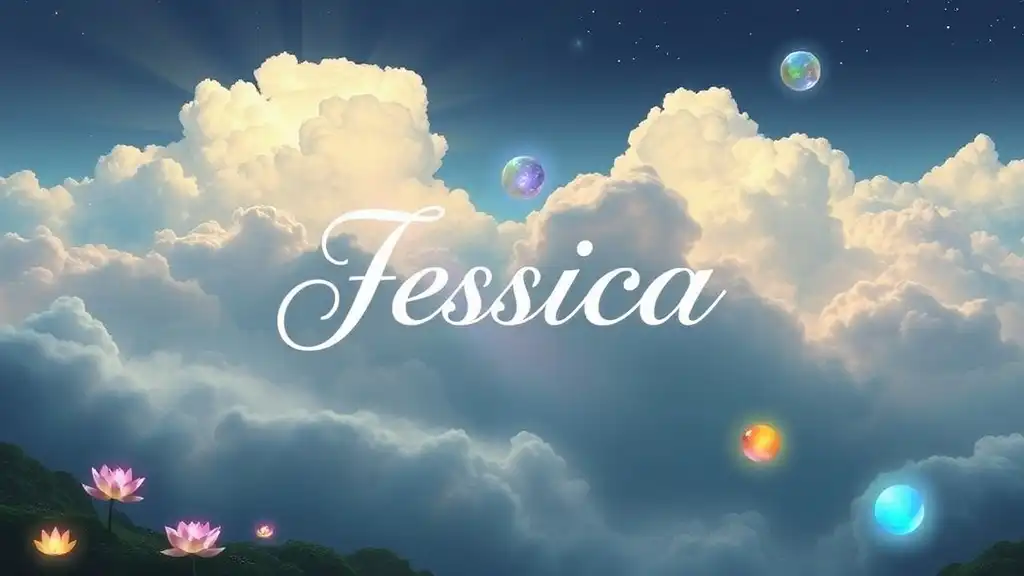The summer solstice, occurring around June 21st in the Northern Hemisphere, marks the longest day and shortest night of the year. This astronomical event not only signifies the peak of sunlight but has also held significant spiritual meaning across various cultures and traditions throughout history.
Understanding the Summer Solstice
What is the Summer Solstice?
The summer solstice is defined as the moment when the Earth's axial tilt is closest to the sun. This tilt results in an abundance of sunlight, making it a time of warmth and growth. The exact date may vary slightly depending on time zones, but the essence remains the same—it's a celebration of the sun’s power and the life it sustains.
Historical Perspectives
Throughout history, ancient civilizations have revered the summer solstice. The Egyptians built the Great Sphinx to align with the sunrise on this day, while Stonehenge in England served as an astronomical observatory for solstice celebrations. These occasions often featured festivals, rituals, and gatherings, emphasizing the connection between humanity and the natural cycles of the Earth.

Spiritual Significance of the Summer Solstice
Symbolism of Light and Darkness
The summer solstice represents a powerful dualism—the balance between light and darkness. Metaphorically, this balance invites us to examine our own internal oppositions: our strengths and weaknesses, joys and sorrows. In spiritual traditions, this time encourages us to embrace both the light—the achievements, growth, and positivity—and the shadow aspects of ourselves that we may wish to overcome. It reminds us that true transformation comes from acknowledging both sides.
Connection to Nature
The solstice acts as a profound reminder to honor the Earth and all its gifts. This is a period marked by flourishing vegetation, vibrant colors, and the buzzing life that nature brings forth. Many spiritual beliefs resonate with this idea, emphasizing that we are intricately connected to the cycles of nature. By celebrating the summer solstice, we align ourselves with this natural energy, acknowledging our role as stewards of the Earth.

Practices and Rituals
Traditional Celebrations around the World
Across cultures, the summer solstice is greeted with various celebrations. In Scandinavian countries, Midsummer is a festival filled with dancing, feasting, and the gathering of wildflowers. Indigenous cultures in North America often engage in ceremonies that honor the sun, while in Japan, the festival of Hōkyo-ji signifies a time of renewal and growth. Each of these traditions underscores the universal theme of celebrating life and light.
Modern Spiritual Practices
Meditation and Intention Setting
For many today, the summer solstice offers a perfect opportunity for meditation and intention setting. This practice allows us to connect with our inner selves and the abundance the universe offers. During meditative sessions, one can visualize their intentions for growth, clarity, and transformation, harnessing the powerful energy produced during the solstice.
Outdoor Ceremonies
Naturally, the solstice invites us to connect with the great outdoors. Outdoor ceremonies, whether simple or elaborate, become a means of honoring nature. Engaging in these rituals—whether through a personal ceremony in a secluded garden or a communal gathering in a forest—creates a deep sense of belonging and reverence for our planet.

The Summer Solstice and Personal Transformation
Manifesting Intentions
The summer solstice serves as a powerful catalyst for manifesting intentions. During this period, the solar energy is believed to enhance our creativity and potential. By clearly defining what we wish to manifest in our lives—be it personal growth, healing, or new endeavors—we align our inner energy with the outward abundance of the universe.
Embracing Change and Growth
Change is inherent to life, particularly during the summer months when everything is in a state of blossoming and transformation. The solstice storms in with the reminder to embrace change. Reflecting on our experiences, we can confront our fears, release negativity, and welcome the new opportunities that await us. This spirit of acceptance and growth can lead to powerful personal development and transformation.

Conclusion
The spiritual meaning of the summer solstice goes far beyond a mere astronomical event. It serves as a reminder of our connection to nature, the duality of existence, and the opportunity for personal transformation. Engaging in practices that resonate with the energy of the solstice empowers us to celebrate life in all its forms. As we honor the light, we also honor our capacity for growth, joy, and renewal—inviting the fullness of the summer season into our lives. Embrace this time as an opportunity to connect with yourself, others, and the natural world around you, deepening your spiritual journey.



















